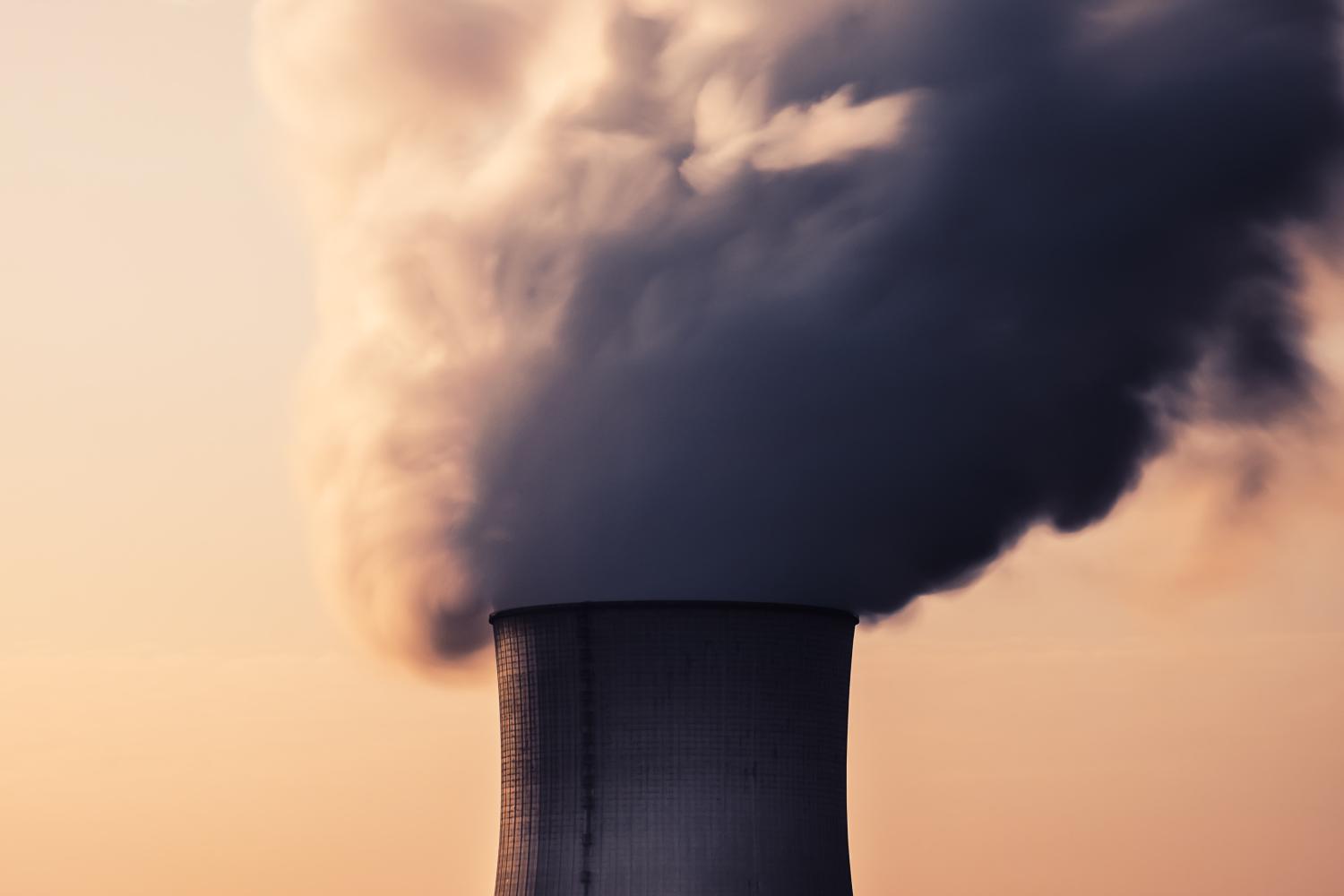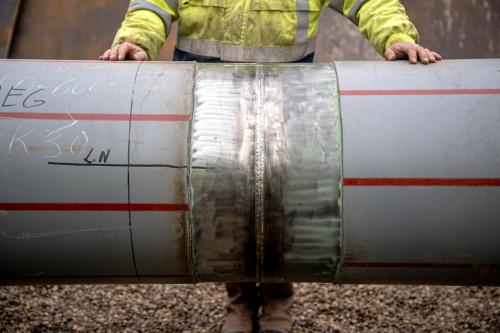Content from the Brookings Institution India Center is now archived. After seven years of an impactful partnership, as of September 11, 2020, Brookings India is now the Centre for Social and Economic Progress, an independent public policy institution based in India.
Abstract
For the first time, India has sufficient or even surplus electricity generation capacity. Headline numbers show India’s gross installed electricity capacity is over 350 GW, but the maximum load met has been approximately 180 GW. Does this mean we have sufficient buffer for years to come?
A significant fraction of this gap between demand and supply is explained by grid-level losses (even before distribution) losses, infirm capacity (Renewable Energy, or RE), as well as plants under “outages”, which span both technical outages as well as lack of demand, lack of fuel, etc. Examining all the outages across all plants, we find that the “recoverable surplus” is only about 30 GW, sometimes less. This assumes fuel adequacy, as well as willingness by Discoms to buy such power, i.e., demand.
A projection of demand growth (over 10 GW/year) as well as capacity growth, including the impacts on capacity due to planned compliance with new pollution emissions norms for coal power plants, shows any surplus might only last 2-3 years. Going forward, India needs peaking power, storage, and load-shifting as tools to balance demand and supply, combined with more flexible and time-of-day reflective pricing for electricity supply.
Key Findings
1. India’s gross installed capacity is around 349 GW, but peak load met over FY 2018-19 at a grid level has been about 175 GW. For a number of days, the daily peak load met has been measurably lower. This is the supply—consumption is far lower, reflecting in-state losses, both transmission and distribution.
2. At the national level, India’s peak electricity demand usually occurs in the evening. Meeting this demand requires relatively firm supply which variable Renewable Energy (RE) cannot supply in the absence of storage.
3. Firm capacity outage at any time of the year varies between 60 GW to 90 GW, leaving the available firm capacity between 180 GW to 210 GW. Auxiliary consumption, which is generation consumed within the plant and thus not fed to the grid, varies by type of generation and further reduces the net firm capacity available to meet demand.
4. There are a multitude of factors contributing to outages of capacity, which broadly fit within three types:
a. Technical issues (faults, planned maintenance, unplanned maintenance, etc.)
b. No or low demand (too low to be met by a generator in practice)
c. No fuel availability [There are a few other regulatory and other reasons for outages as well, but (a) to (c) contribute to over 90% of outages.]
5. Approximately 13 GW of firm capacity outage could be recovered quickly based on proper planning and co-ordination e.g. by ensuring the availability of coal and gas. This is distinct from low plant load factors (PLFs) of many generators which run at or near the peak demand period.
6. Firm capacity outages vary by season as well as region. For example, outages due to coal shortages were predominant in the Western Regional Load Dispatch Center (WRLDC) all year round and in the Eastern RLDC between October-January (using recent data).
7. Meeting the average requirement of energy (TWh, or billion units, aka BU) will be less of a problem in the future than meeting the requirement of instantaneous capacity (megawatts). RE is growing at a fast pace in India, but based on daily and seasonal differences, and in the long run without storage, it plays a very small (about 3% observed during December 2018) role in meeting the peak demand (which mostly occurs in the evenings).
8. With a growth of nearly 10 GW in peak demand anticipated every year, perhaps more, the current capacity surplus as well as the planned installation of non-coal firm capacity might not be enough to meet the peak demand as early as 2021 or 2022. Some form of additional peak supply would be needed at most by 2022, after exhausting the recoverable outages of about 25 GW (a mix of no fuel and no demand today). Deciding on the best type of generation capacity to meet the peak is a separate calculation. A new coal plant may not be optimal, unless it is well under construction and nearly built, and can operate viably at low or modest PLFs. A better focus will be peakers, storage, demand side management/demand response, load shifting etc.
9. 62.7 GW of firm capacity has been planned to be built between 2017-2022, averaging at about 12.5 GW per year. However, for the one-year period between October 2017 and September 2018, only 3 GW of capacity has been commissioned. Unless projects are heavily stacked towards the end
(2022), it is highly unlikely that all the planned capacity will be commissioned by that time.
10. One big unknown is compliance with upcoming environmental norms, which will result in downtime for retrofitting existing coal plans, or even retirement of some older capacity. Almost all the planned upgradation of the power plants to meet upcoming environmental requirements is scheduled in 2021-2022. This will lead to many power plants being shut down simultaneously during that period. It would be beneficial if the upgradation schedule is front loaded or at least more evenly distributed between 2019-2022, to reduce the impact of lost capacity to meet peak demand.
11. Future studies should investigate the optimal generation mix required, from the perspectives of true technical economics (distinct from contractual economics), greenhouse gas (GHG) emissions and grid stability in a high RE future. Also, a detailed analysis for the reasons of coal and gas shortages is required, to chart out a reasonable course of action to overcome these. Different Regional Load Dispatch Centres (RLDCs) have different strengths and weaknesses, with some performing better than others when it comes to capacity outages. There is a need to share the best practices among the various RLDCs, and coordinate for planned maintenance, including upgrades to meet environmental norms.
The Brookings Institution is committed to quality, independence, and impact.
We are supported by a diverse array of funders. In line with our values and policies, each Brookings publication represents the sole views of its author(s).






